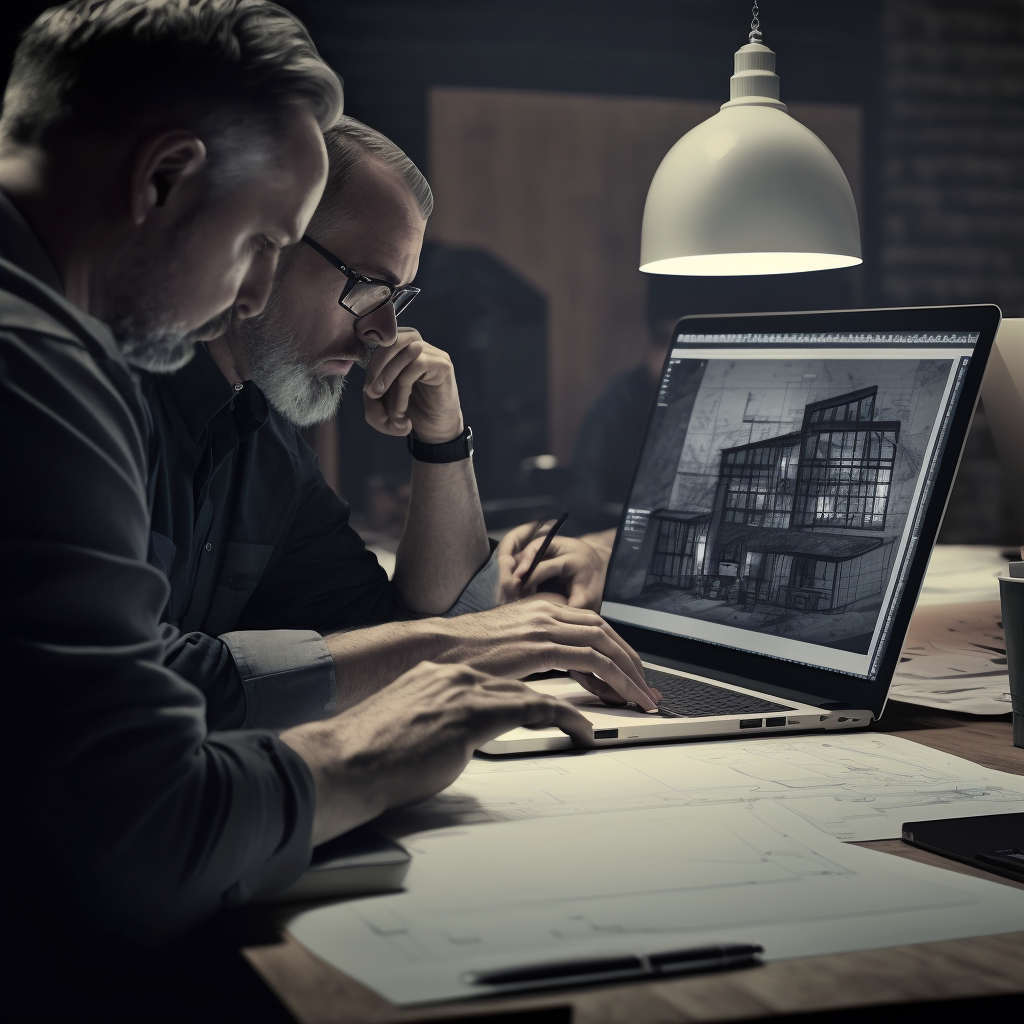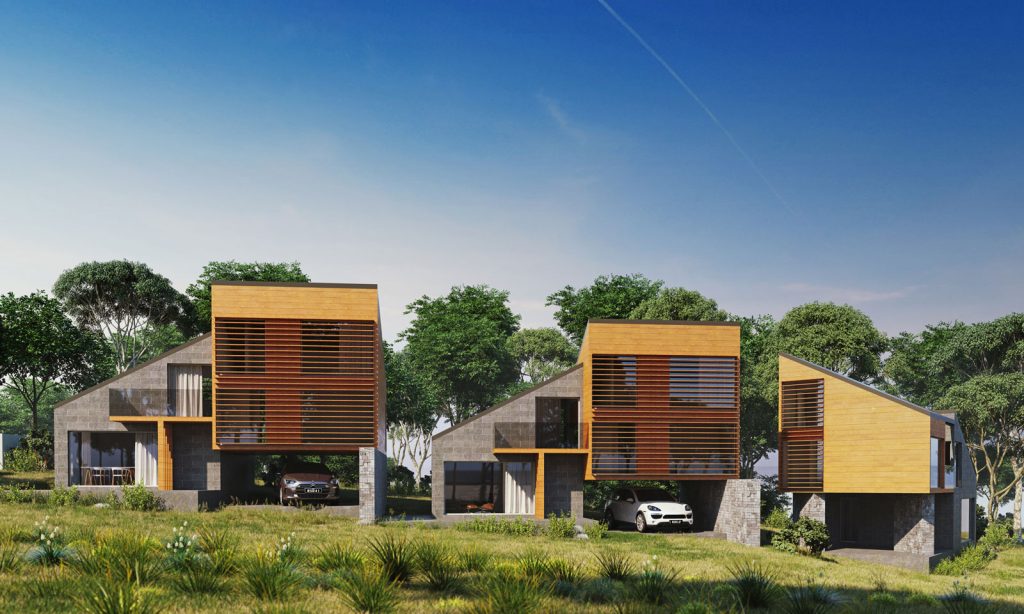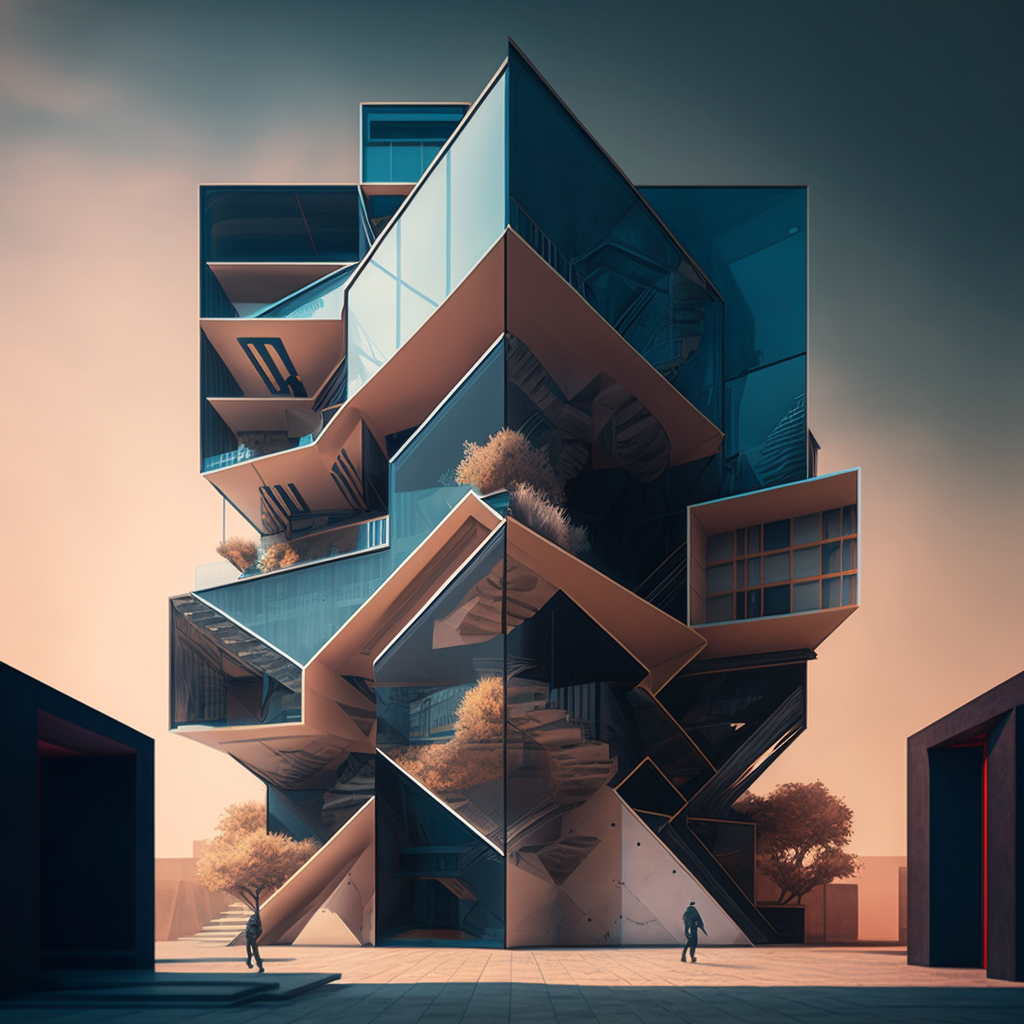
The Different Types of Architectural Renderings
Architectural renderings are visual representations of proposed or existing buildings, landscapes, and interiors. They serve as a crucial tool for architects, designers, and clients to communicate their vision and make informed decisions. In this article, we will explore the different types of architectural renderings that are commonly used in the industry today.

2D Architectural Renderings
2D architectural renderings are flat images that show a building from one viewpoint. They are often used to present a bird’s eye view of the design and its relationship with the surrounding landscape. They are cost-effective and easy to produce, making them a popular choice for early stages of design.
3D Architectural Renderings
3D architectural renderings provide a more immersive and realistic experience compared to 2D renderings. They show the building in three dimensions, allowing for a more accurate representation of the design. 3D architectural renderings can be produced in a range of styles, from photorealistic to stylized, and can be used for a variety of purposes, such as presentations, marketing materials, and construction documentation.
Virtual Reality (VR) Renderings
Virtual Reality (VR) renderings take 3D architectural renderings to the next level. They allow the viewer to step inside the design and experience it as if they were physically present. VR renderings are often used in presentations, trade shows, and events, providing a unique and interactive experience for clients and stakeholders.

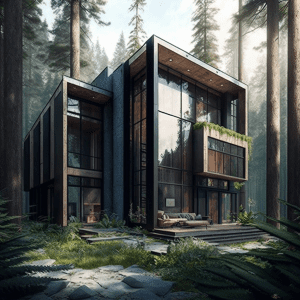
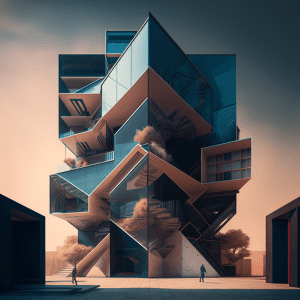
Animated Renderings
Animated renderings are a series of still images or videos that simulate movement and provide a dynamic representation of the design. They can show the progression of a building’s design over time or simulate the movement of people, vehicles, and other objects in the design. Animated renderings are often used for presentations, marketing materials, and design visualization.
Interactive Renderings
Interactive renderings provide an immersive and interactive experience for the viewer. They allow for exploration of the design, including the ability to move around the space, change the time of day or weather, and adjust materials and finishes. Interactive renderings are a valuable tool for clients and stakeholders to understand the design and make informed decisions.
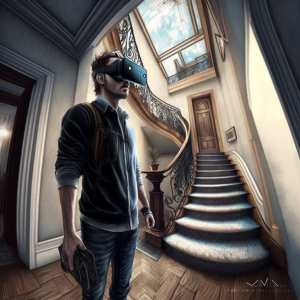
Architectural renderings play an important role in the design process, helping to communicate the vision and make informed decisions. Whether you’re looking for a simple 2D rendering or a more immersive and interactive experience, there is a type of architectural rendering that can meet your needs. Choose the right type of rendering for your project and take your design to the next level.
